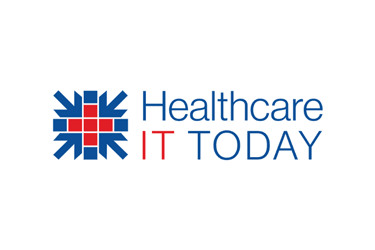
What Tends to Go Wrong With Medication Adherence?
This is the third article in a series about problems people have taking their medication. The previous article categorized various ways that information technology can help. This article looks at special conditions that weren’t covered in previous articles.
Interventions Must Be Tailored
APRIL 6, 2023 – Reminders lie at the core of many IT solutions to medication adherence. But a mechanistic delivery of generic messages with no particular appeal to a patient’s needs and values will usually be a waste. As Bryan Hill, VP of digital health and innovation at Cognizant, says, “Nudge, but don’t nag.”
I am personally annoyed by the messages my pharmacy and insurance company send me to remind me to order my medication. These messages arrive when a couple months of my current prescriptions remain, so they’re asking me to get medication that will age before I take it. More pointedly, I’ve been taking some of these drugs for more than 20 years and I have never missed a renewal, so you think the insurer would notice and let me alone.
AristaMD helps doctors connect with specialists in more than 70 specialties and do online consultations. This service can improve prescribing by applying the specialist’s expertise. Medicaid now allows specialists to bill for these eConsults.

One of the most severe consequences of the ongoing difficulties with specialty care access is a substantial increase in wait times among patients seeking a specialist appointment. The increase in appointment wait times increases the risk of avoidable complications and shifts the healthcare industry from proactive to reactive care, which is less effective and more costly for all parties involved. Further, while waiting for appointments, patients often seek care in less appropriate and more costly settings such as the emergency room—and indeed, a recent study notes that as many as 71% of emergency room visits are unnecessary and avoidable.
Efforts to streamline delivery of care have spurred an increasing prevalence of value-based payment arrangements, and primary care—the linchpin and front line of care—has emerged as a major catalyst for improving the efficiency and effectiveness of healthcare. Functioning as an effective primary intervention, primary care supports reduced wait times by optimizing time and place of care to treat a greater percentage of lower acuity patients, freeing up specialist queues for higher acuity patients.
